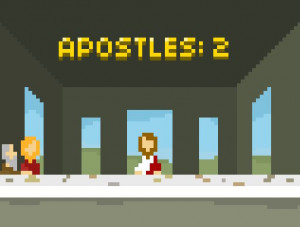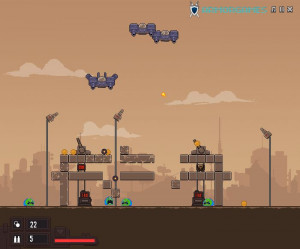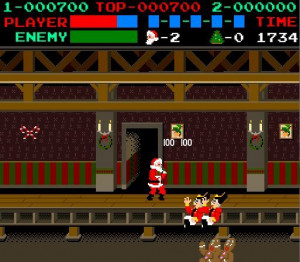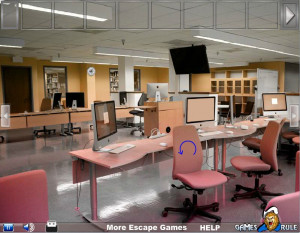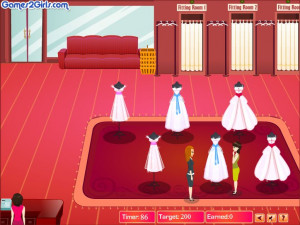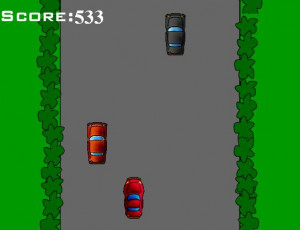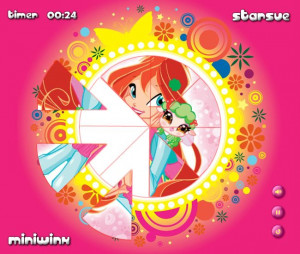Kampong Buangkok - Entrance
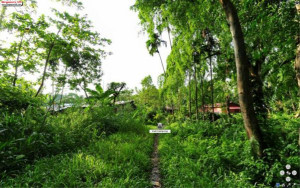
Partial because the arrow will not work
At this point, one stands between modern civilization and a fragment from the past. Ahead lies the village, behind stands the HDB flats.
Kampong Buangkok is the sole existing kampong in Singapore. It started out in 1956, when a man called Mr Sng Teo Kim purchased the land from Mr Huang Yu Tu and rented it out to others so that they could construct their homes. The kampong grew in size, accommodating an estimated 40 families in the 1960s. His daughter, Ms Sng Mui Hong, received ownership of the land years later.
As Singapore went through modernization and development, land from the kampong was re-assigned for other projects, and all that remains of the kampong is just a small area of about two soccer fields. The Urban Redevelopment Authority has indicated that it plans to use the land that the kampong is currently situated on for development.
Kampong life in Kampong Buangkok showed a strong social cohesion among its villagers. They would meet up with neighbours and friends to participate in leisurely activities, such as drinking tea and playing Chinese chess. There was an acceptance of racial differences too. Villagers would send food to each other during Hari Raya, and biscuits during Chinese New Year, exchanging gifts during festive seasons.
Although the depiction above is not exclusive to Kampong Buangkok, it is the last kampong left that could be used to represent and show the community spirit that once existed within these villages.
During the 1960s racial riots, Kampong Buangkok was a kampong that did not divide among racial lines. At that time, the Chinese and Malays felt a deep mistrust against each other, and ended up fighting each other, leaving many people dead and wounded. However, in Kampong Buangkok, the Chinese approached the Malays and told them that there should not be any tensions between them. It was peaceful in the village, contrasting against the enmity and strife between the two races in the 1960s.
The community spirit of Kampong Buangkok is something that we can take away for ourselves. In modern day Singapore, there is much that can be improved on among neighbours in terms of interaction and getting to know each other better. Getting to know each other better can create a close-knit community in which there is always a helping hand in times of need. Racial harmony can also be promoted in our multi-racial country, dispelling discord among the people in Singapore to breed trust and social cohesion.
